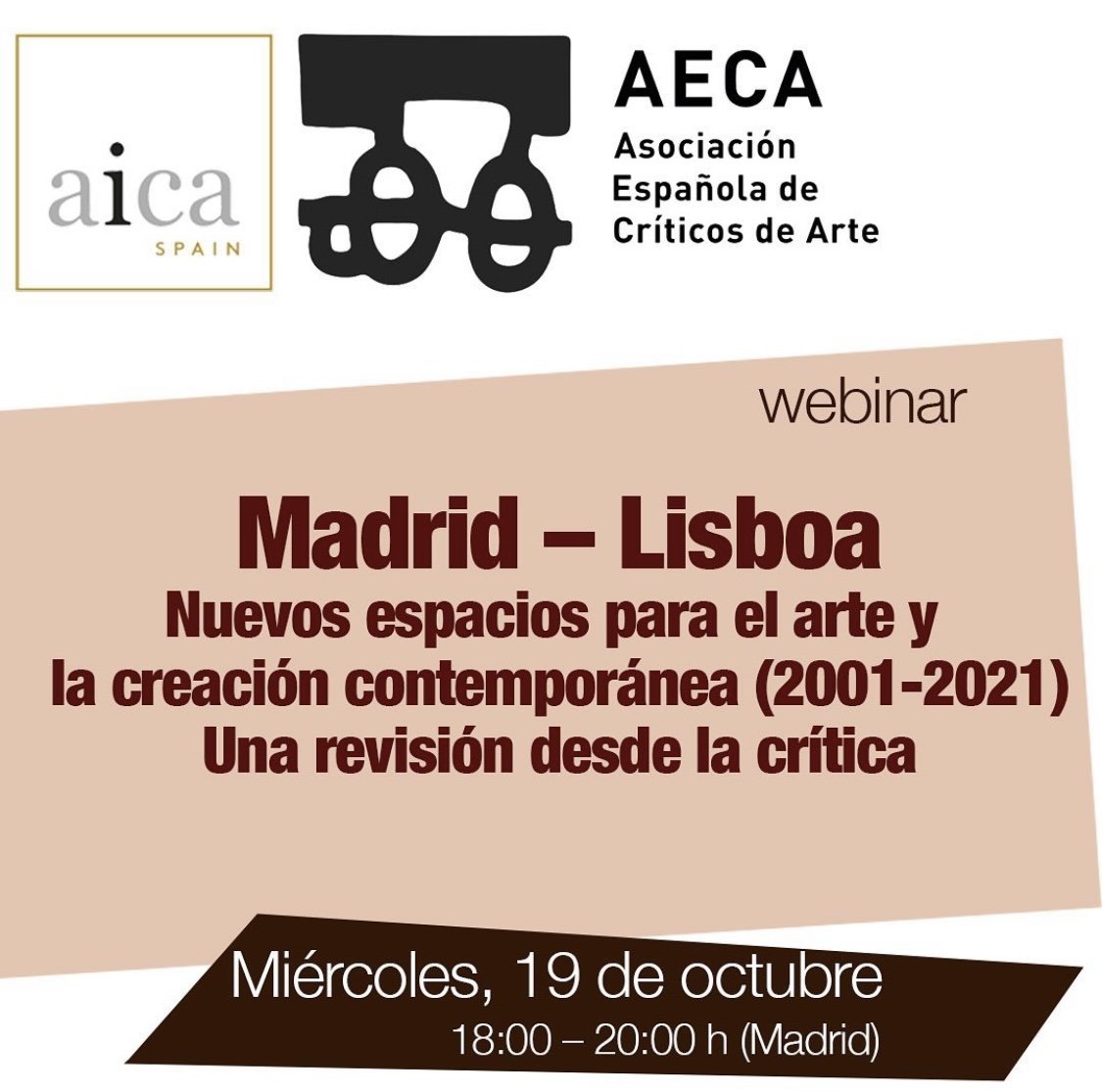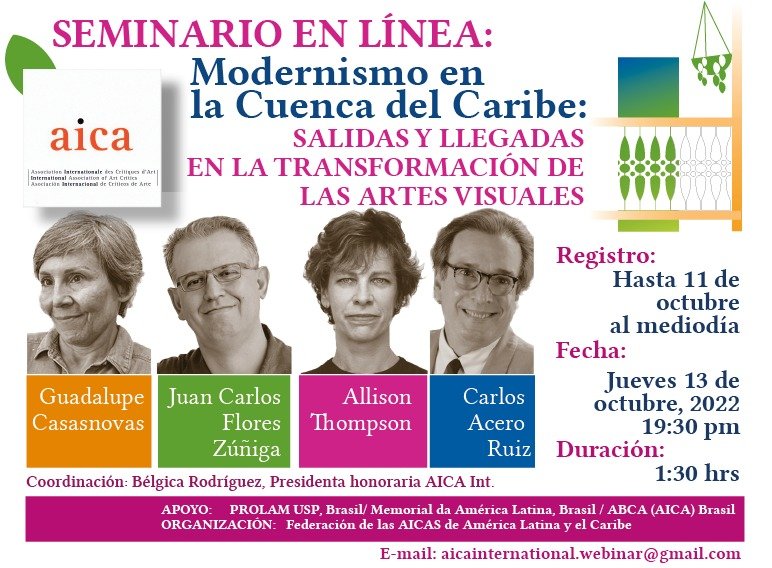This paradox of the barricade, and of movement between the museum and the street, is also visible in another work of art: State Britain (2007) by the British artist Mark Wallinger. In it, Wallinger recreated the Parliament Square-protest of peace activist Brian Haw down to the smallest detail and placed it in the prestigious Duveen Galleries of Tate Britain. Haw began his protest in response to the economic sanctions imposed on Iraq after 9/11 and the subsequent wars with Iraq and Afghanistan. In June 2001, Haw set up a tent in front of the British Parliament, in the heart of London. It grew into an almost 40-metre-long area full of banners, posters, flags and photographs, all with a strong anti-war and anti-government sentiment.
Haws’ camp – full of painted slogans like “Babykillers” and “B(LIAR)”, pictures of injured children, teddy bears and small white crosses – was a thorn in the side of many British politicians who passed Haw every day on their way to parliament. In 2006, a large part of his camp was removed after the introduction of a new law, banning protest within a one-kilometre radius of Parliament Square. But Wallinger had been intrigued by Haw, and just before the camp was removed by the police, he took hundreds of pictures. When he received a commission from Tate Britain, he decided to meticulously copy the protest – all the faded pictures, peace flags and foul teddy bears, even Haws' teacups were copied. He placed the forty-metre-long installation in the stately, neoclassical Duveen Galleries. Coincidentally, the museum itself also happened to stand half inside and half outside the radius that forbade protest. In one part of the museum protest was permitted, in the other, punishable. Wallinger demarked this bizarre situation with a line drawn through the museum; the limit of protest. But was Wallinger's work a protest, or a work of art? And can protest even survive in a museum? Wallinger's work was not a traditional barricade, but because of its location in the middle of the museum – to the left of the Duveen Galleries one can view the Tate collection of works dated to 1900; to the right, its modern works – it created a separation between the collections. Visitors could not avoid encountering Wallinger's work and the many terrible images. State Britain came as a shock to many of them who typically came for the British classics of Turner or Hockney. Tate also seemed to be facing a dilemma. Although the museum offered plenty of space for Wallinger's ideas, it seemed to stay as far as possible away from the idea that the work was a protest in itself. In both the press release and the exhibition texts, the focus was on the many details in the work and the reference to (art)history; the work was not a continuation of the protest but, according to the museum, was a standalone work of art. On the other hand, Wallinger himself seemed more focused on the political message. He stated in several interviews that he thought it was important that people would come into contact with Haws' protest. The museum, he said, was the only place where this was still possible.
Öğüt was inspired for his art barricade by Mikhail Bakunin, a Russian anarchist who in 1849, when Prussian troops invaded Dresden, suggested that paintings from the National Museum be hung on the barricades.[3] He argued that the soldiers would not dare to shoot at precious works of art. This proposal was not followed, and according to some – including E. H. Carr, the British historian who wrote a biography of Bakunin in 1937 – it is merely a legend. But Öğüt’s work makes this legend tangible, because the contract – which the Stedelijk actually signed when it purchased the work – instantly created the risk that works from the museum’scollection could one day end up on the street. Öğüt's barricade not only questions the social and political aspects of protest, but also highlights the friction between the museum and the outside world. Can art have an impact outside the museum? Can art protect a society, and if so, could it be sacrificed for the greater good?And to what extent should the museum be responsible for this? When I spoke to him, Öğüt emphasized that his work is never a symbolic gesture. He does not want to create abstract art concepts, but strive for a concrete result. To this end, he held talks with museum staff and eventually reached an agreement on the contract with director Rein Wolfs. The fact that the Stedelijk decided to sign the contract – albeit under several conditions – seems unique, and asks us to consider: is collaboration between the museum and the outside world still possible?
With their barricade, both Öğüt and Wallingerattempttotear downthebarrier between the museum and the outside world.Both created worksof art that do not surrender to a static existence on a pedestal, but demand an interaction between the museumgalleriesand the street.And for both artists, this interaction is notmerelysymbolic, but also meant toencourage the museum to step outside itsownwalls.That is not without risk.In signing a contract, the Stedelijk might jeopardize valuable works from the collection; Tate risked various possible consequences of Wallinger's protest.
Nevertheless, the struggle remains, because although both artists raise important points that nudge both visitors and the museum itself to consider systems of protest and the actions of art institutions, it remains to be seen whether this is sufficient to break through the wall between the museum and the broader world. Öğüt's barricade has not yet been deployed on the streets. And the degree to which Wallinger's work has effected change remains unclear. After all, Haw was back after he won his trial, again protesting by himself on the street. The impact of art does not always have to be measurable, as it creates meaning in other ways. But if art is intended to effect concrete change, why does it so often come up short? One of the reasons seems to be yet another paradox, one that is inherent in the museum itself. Although the museum is an essential platform for art, it can neutralize the message of the works at the same time – after all, art is only art. As art historian Boris Groys describes in his book Art Power (2008), the museum space both forms and destroys the work of art: “On the one hand, images in the museum are aestheticized and transformed into art; on the other, they are downgraded to illustrations of art history and thereby dispossessed of their art status.”[4] Although Öğüt and Wallinger are taking an important first step, it is up to museums to leverage this and provide a platform that supports this dynamic of change. But how can the museum overcome its own paradox and create this platform?
The solution may lie in embracing this contradictionand creatinga place where peoplenot onlycome together, but also collide.Could the concept of the barricade serve as a metaphor, could the museum itself become a barricade?Analogous to this, political scientist Chantal Mouffe advocates the idea of agonism in her bookThe Democratic Paradox(2000).Instead of striving for consensus, we should be more open to discussion and confrontation between different parties.Debate and protest in the public sphere are essential for this:“One of the keys to the thesis of agonistic pluralism is that, far from jeopardizing democracy, agonistic confrontation is in fact it’s very condition of existence. Modern democracy's specificity lies in the recognition and legitimation of conflict and the refusal to suppress it by imposing an authoritarian order.”[5] It goes without saying that museums seek to foster connection, but confrontation does not need to be avoided. Such confrontation could, on the contrary, ensure that the museum enters the outside world and that works such as those of Öğüt and Wallinger are no longer undermined by the neutralizing effect of the museum, but given the space necessary for ambiguity, collision and movement.
Can the wall between the white cube and the street be demolished? Could the museum itself become a barricade – a place to not only seek consensus, but stimulate agonism? It is precisely the paradox of the barricade that can empower art to reach beyond the traditional museum walls. Because the barricade protects art from the outside world on the one hand, but also has to be built up itself, and ultimately broken through. It protects and obstructs, but is also a platform for fostering connection and community. This contradiction should not be avoided, but embraced. Because it is precisely in the movement between the museum gallery and the street, and in the conflict between perspectives, people and ideas, that a place arises of confrontation and connection, attraction and rejection. A stage, a gathering place, an obstruction, a creation and above all, a great pile of rubble.
Translated by Susan Jenkins















